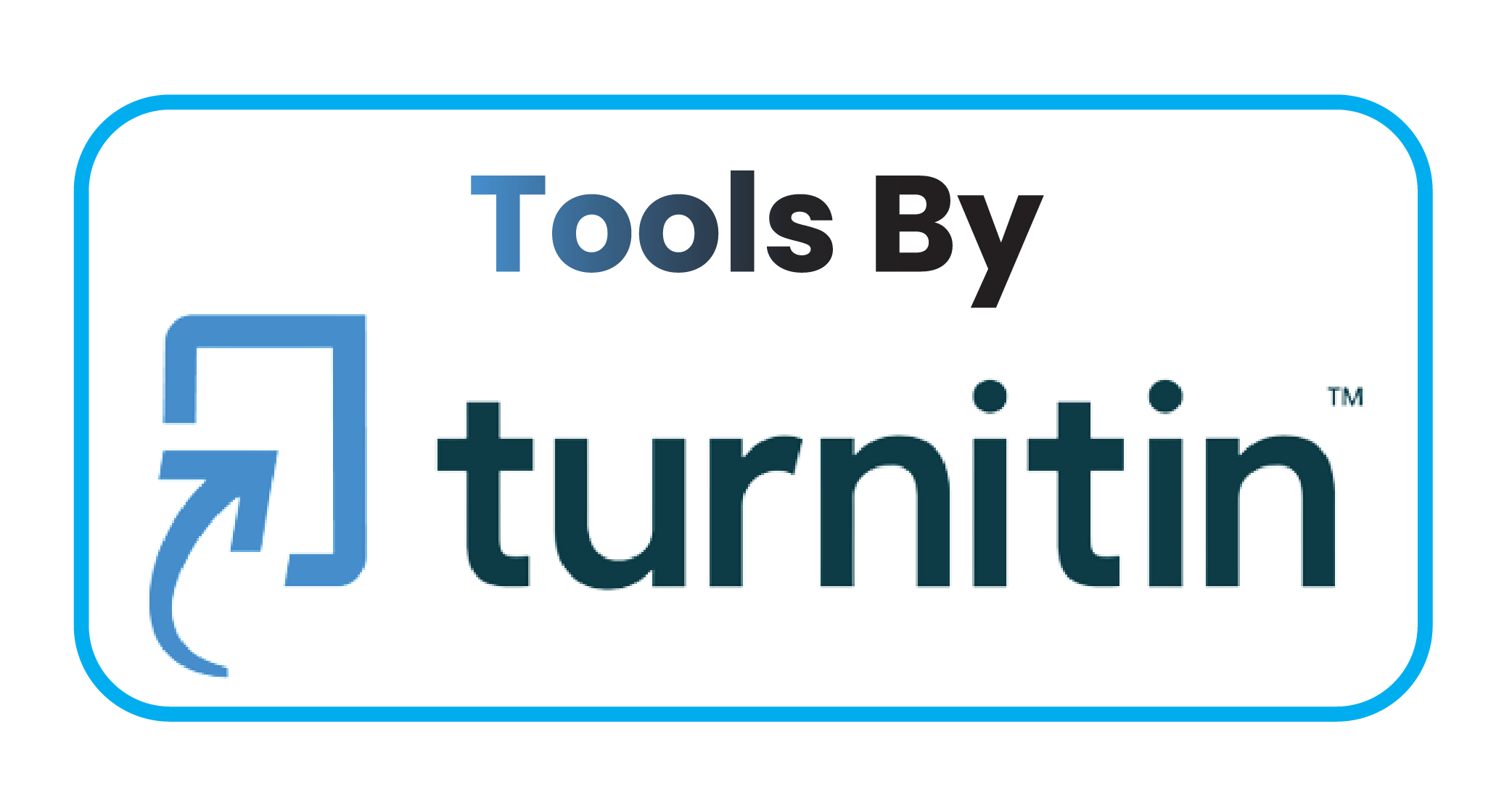Factors Affecting the Inclusive and Sustainable Development of The Creative Economy in Semarang City
DOI:
https://doi.org/10.58631/jtus.v2i7.106Keywords:
Creative Economy, Inclusive, Sustainable, Semarang CityAbstract
The Covid-19 pandemic has precipitated a shift in business transactions from offline to online, presenting opportunities for growth in Semarang City's creative economy sectors such as Applications and Games, Music, Culinary, Fashion, and Crafts. Despite these opportunities, the development of the creative economy in Semarang City appears fragmented and lacks clear direction, compounded by challenges in accessing comprehensive development data. This study aims to identify the factors influencing the inclusive and sustainable development of Semarang City's creative economy. Utilizing primary data from direct surveys and Focus Group Discussions (FGD), alongside secondary data from Semarang City's regional government and the Central Bureau of Statistics (BPS), this research employs the Partial Least Squares (PLS) Analysis Method to analyze these factors. Findings reveal significant ongoing development across Semarang City's creative industries, with culinary (22.9%), music (20.8%), product design (7.08%), fashion (9.91%), and crafts (9.2%) emerging as key subsectors. The study identifies academician and government support as directly influencing the competitive advantage of Semarang City's creative economy, while private sector, community, and media involvement show indirect effects. The model proposes that a collaborative approach involving academicians, government, private sector, community, and media—a Penta Helix framework—is crucial for fostering further growth and mobilizing Semarang City's creative economy.
Published
Issue
Section
License
Copyright (c) 2024 Sucihatiningsih Dian Wisika Prajanti, Subiyanto, Talitha Widiatningrum

This work is licensed under a Creative Commons Attribution-ShareAlike 4.0 International License.








